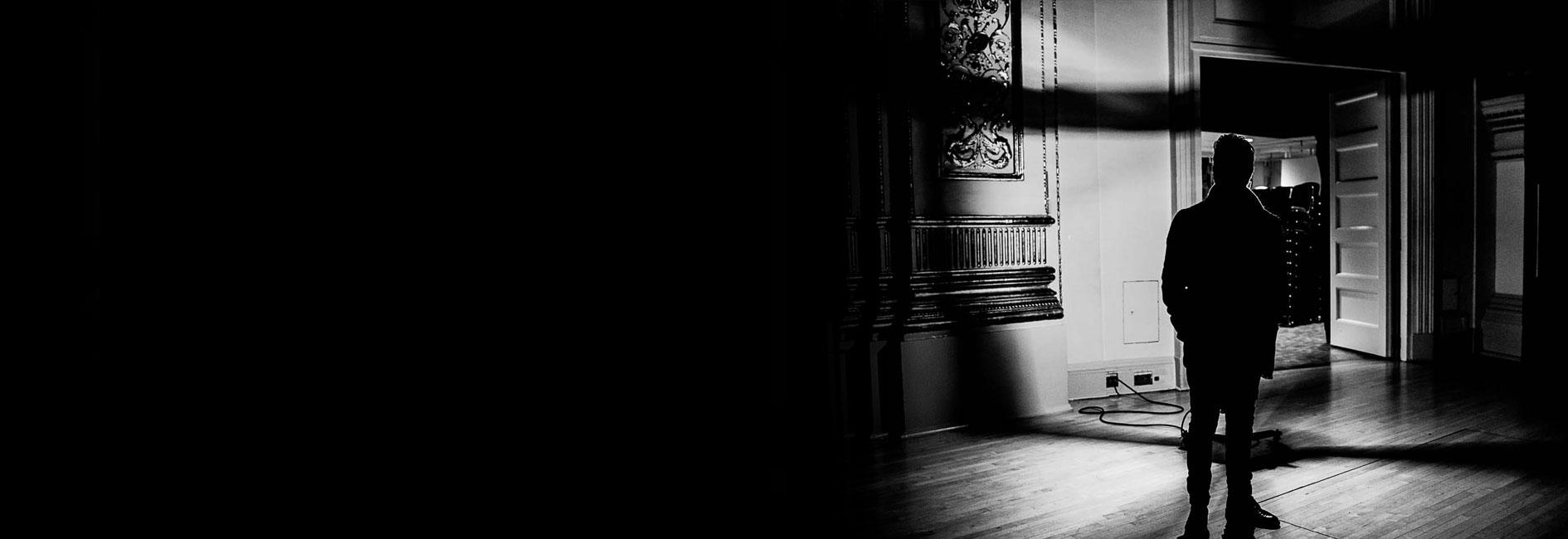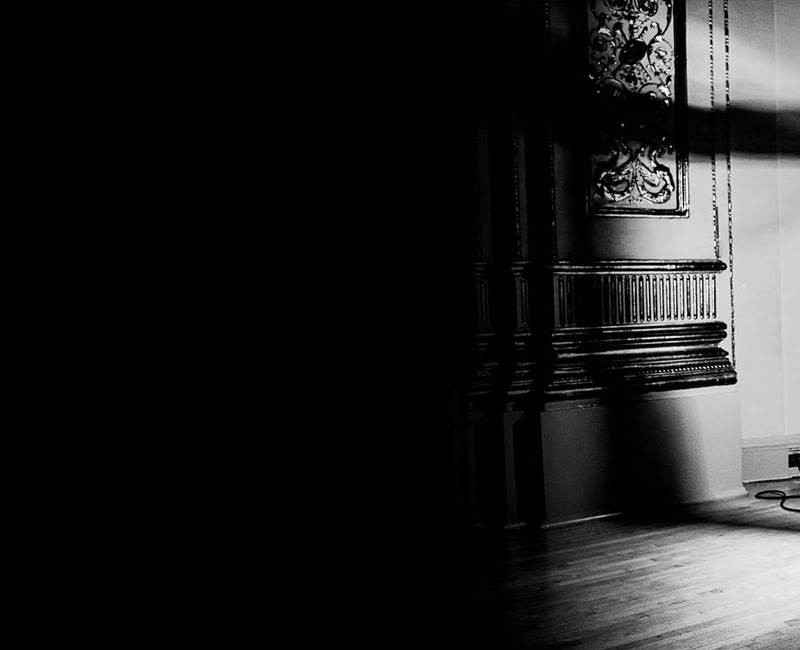Pablo Heras-Casado leads ‘joyful’ programme with the LSO
11 Nov 2016
In a conventional programme of works by Ravel, Schumann, and Dvořák, Pablo Heras-Casado marshalled three highly effective performances from a worldly-wise London Symphony Orchestra. Opening with Ravel’s love affair with the oboe, Le Tombeau de Couperin, a work that rather too frequently gets an outing these days, his approach was direct and clean. Focussing on rhythmic precision and warmth of phrasing in the lyrical passages, all four movements were brilliantly characterised …
The performance history of the beautiful Schumann Violin Concerto in D minor that followed, has sadly prevented it from being programmed at all until the recently … Renaud Capuçon’s performance showed us why the concerto is finally finding its way more and more into concert halls … Powerful virtuoso playing from Capuçon found a perfect sparring partner in the LSO woodwinds whose oddly jolly repeated passages eventually find rest in D major. Another joy in the performance was the apt choice of tempi, allowing the outer movements air to breathe, but avoiding a sense of plodding.
The choice of tempi was also spot on in Dvořák’s Symphony no. 8 in G major that rounded off the evening. The composer’s most personal and confident symphony, it went through a period of neglect, just like the Schumann concerto. Dvořák’s symphonies, after their initial popularity, were increasingly seen as inferior to Brahms’ and Tchaikovsky’s, despite the enduring popularity of the “New World” Ninth. However, the tide has turned and the last three symphonies have found a very strong foothold in the repertoire, with perhaps the Eighth being the most popular. It is a work that is a joy from first to last, so ably demonstrated in this performance.
One of the chief strengths was Heras-Casado’s ability to hold onto the work’s structural thread. At no point did the music meander or dwell on the exquisiteness of the melody, a pitfall for some conductors. The approach was purely symphonic and the result crisp and incisive. Not that the beautiful thematic material wasn’t given its full due by the orchestra – the woodwind shone through, but also the strings were suitably rich but lean and the brass exciting in all the right places. All the movements were splendidly satisfying, most notably in the fizzing finale, with its tender central episode, totally integrated into the unusual structure. At the end, what came across was that not only was Dvořák one of the great symphonists of the 19th century, but that he was also one of the greatest orchestrators.
Chris Garlick – Bachtrack.com

